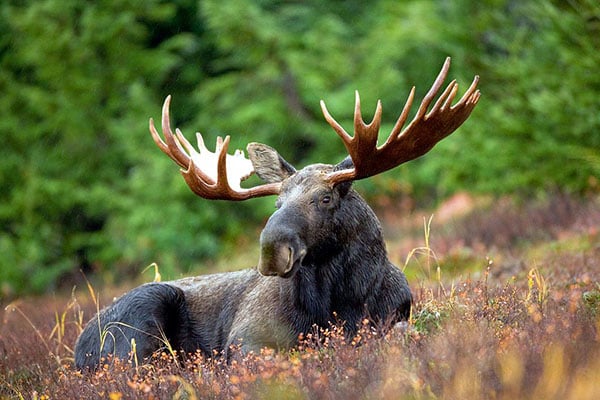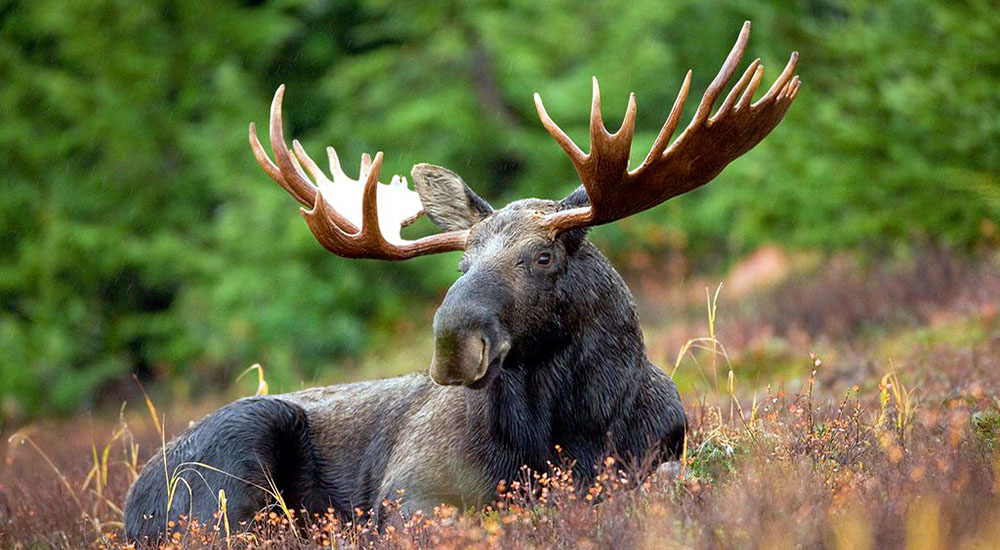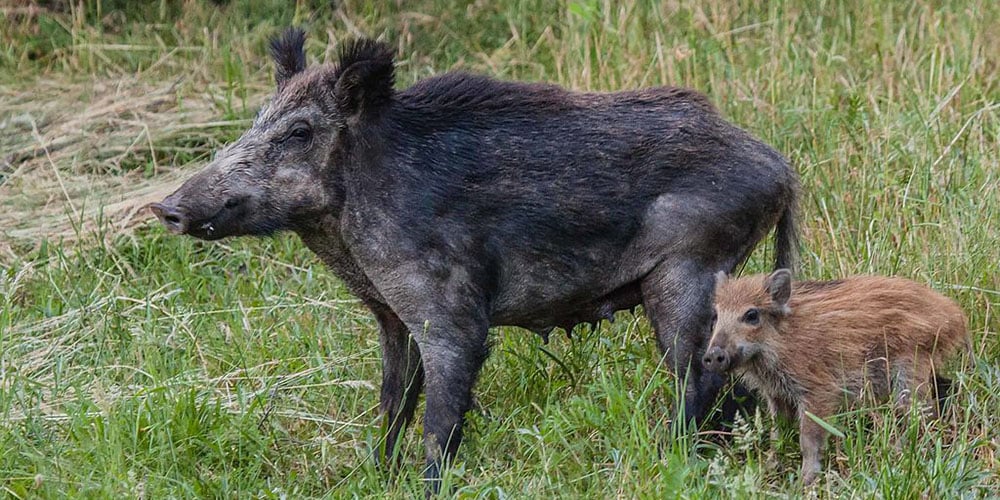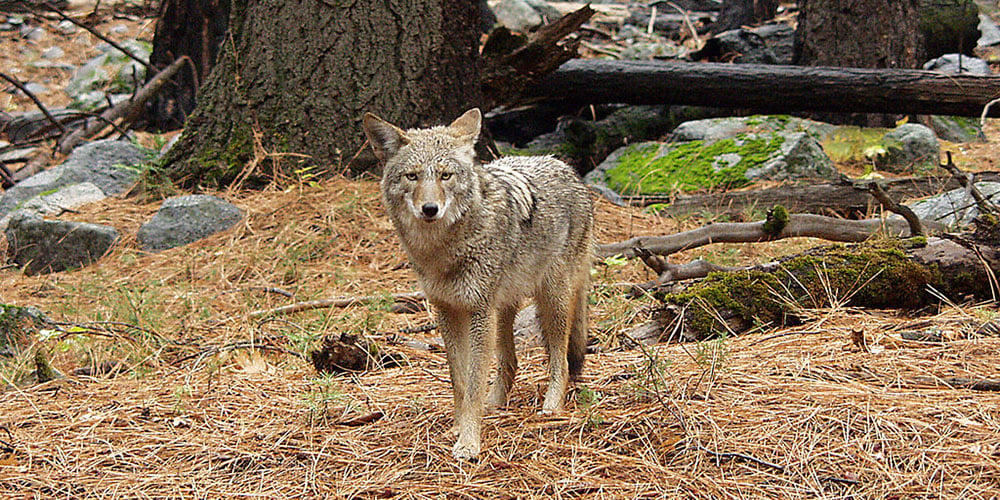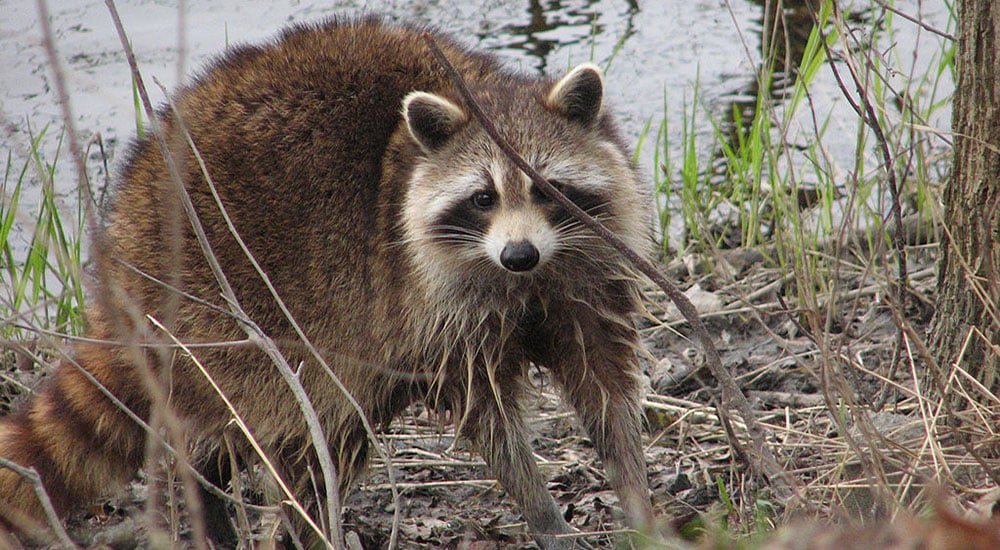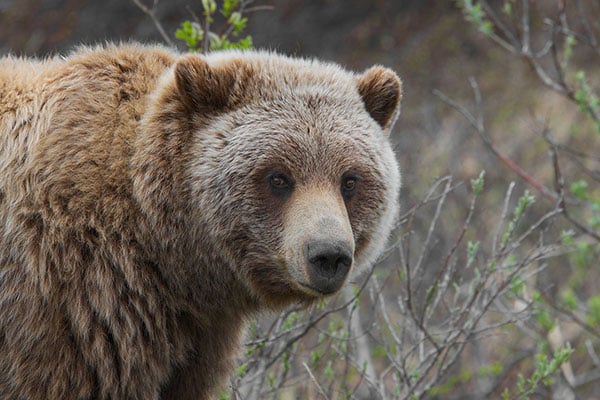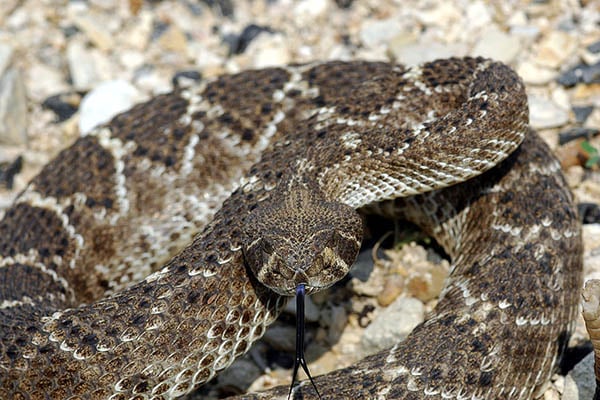Last Updated on
We continue on with our series on dangerous animal encounters with other larger to mid-sized animals that might pose a threat if encountered. Be sure to read the first part of the series on black bears, brown bears and cougars.
Moose
We started with the three animals that most people consider to be the most dangerous, but most people incorrectly – and sometimes dangerously – overlook the moose as a dangerous animal. In fact the moose is possibly the most-dangerous animal you can encounter in North America. If that doesn’t sound right, just think: a moose is giant and unlike its other four-hoove cousins, many it won’t flee if approached by humans. The key to understanding when moose are the most dangerous comes with the seasons. Males in rut are the stuff of nightmares, and they are giant, angry and territorial during these periods – all things that spell bad luck for anyone who happens upon them in the wild. Mothers defending their young can be just as dangerous, and they are nothing to be trifled with either.
Should you happen upon a moose in the wild that is ready to charge, your options usually boil down to just one: run. Here’s how to handle an encounter:
- If the moose hasn’t noticed you, back away slowly as not to alarm it. Moose don’t have great eyesight, but usually when they are looking at you, they know you’re there, and you’re too close. If they aren’t looking directly at you, it is still a dangerous situation as they may smell you or hear you. Never approach a moose, even if it isn’t during the rutting season or there aren’t calves around.
- If the moose does detect you or you surprise it in the bush, talk calmly to it, place your hands up and back away slowly. Watch the moose and be ready for it to charge as you back away.
- Should the moose charge you, run away as fast as you can. Try to put obstacles like large rocks or trees between you and the charging moose as you run. You won’t be able to outrun it, but you can get out of the way and seek shelter. The best option is to climb a nearby tree. You’ll be safe in the tree and the moose will eventually leave.
Recommended Gear
There’s nothing you can carry, like bear spray or a good knife, that is going to give you an edge in a moose confrontation. All you’re going to need is a good pair of boots or shoes you can wear as you run for your life. You probably shouldn’t wear bulky rubber boots you can’t run in while in moose country. If you’re interesting in spotting a moose, bring along a pair of quality optics and keep a healthy distance as you glass, that’s the only safe way to see a moose.
Feral Hogs
Wild boar attacks are very rare, and usually a wild hog would rather turn and run versus get into a confrontation, but it can happen. In North America, there are three situations that can prompt a wild boar attack. First, hunters may wound a hog and upon pursuit it is much more likely to fight back instead of run. Hogs that aren’t wounded and cornered are also prone to fight back as they have no other escape option. Finally, it has been suggested that hiking with a pet can sometimes provoke a wild hog attack. While not as large as some of the other animals in this list, hogs can maul a victim, and death usually results from blood loss.
If you find yourself in one of these rare feral hog confrontations, here are the steps you should take:
- If you come upon a wild hog, do not approach it and back away slowly. Make sure to leave the hog an avenue to escape, but keep your eye on it as you back away to watch its behavior. You want to talk softly to the hog versus speaking aggressively and asserting yourself.
- Nearby young or piglets can prompt a mother hog to attack similar to other species who defend their young. Never approach piglets and exercise extra caution if you see any piglets with the wild hogs.
- Should a wild hog charge you, the best option is to turn and run versus trying to scrap it out with the hog. Take sharp turns as you run and try to put obstacles between you and the hog. Climb a tree and wait for the hog to leave if there are any nearby. Hogs have an excellent sense of smell, but their eyesight is poor. This weakness will be your best chance at avoiding an attack.
Gear Recommendations
There’s not much in the way of gear to help you in the rare event of a hog attack. If you’re going to be in an area that has a lot of hogs, you’ll want to wear shoes or boots that allow you to get away quick. Aside from that, a firearm is about the only other defense tool relevant for hog attacks.
Coyotes
Coyote attacks are extremely rare as well, and there have been only a few documented cases of bites, but they can attack humans. Most of the time, the sighting of a coyote while hiking or camping means either you’re not properly handling your food or you’re near the coyotes den. If the coyote is relatively far away, you don’t have much to worry about. But if it does get uncomfortably close, there are a few things you can do:
- First, protect your pets and children as they are most susceptible to coyote attacks. Once they are out of harms way, you’ll want to make yourself as large and intimidating as possible.
- Throw rocks and sticks, yell at the coyote and make yourself seem like a threat to the coyote. The idea here is to remind the coyote that it shouldn’t approach humans.
- If the coyote continues to approach, back away slowly but maintain your intimidating stance as you do. Continue to yell at the animal and throw rocks at it when possible. Similar to other animals, DO NOT run away from the coyote or turn your back to it.
- Should the coyote attack, protect your neck and fight back with everything you can. Hopefully you’ll be able to repel it.
Gear Recommendations
You don’t need much gear for a coyote attack, but a good belt knife would give you a leg up in the unlikely event that you have to scrap with a coyote. If a coyote attacks you or other humans, you are more than within your rights to put it down if necessary.
Raccoon
A raccoon can’t be that dangerous, right? They mostly eat trash and hang out in sewers or trees. However, in rare circumstances raccoons will attack humans, especially if they are cornered or rabid. The real danger involved with a raccoon attack has to do with rabies, and you’ll want to seek medical assistance if you have been bitten in an attack. Generally, you can tell that a raccoon has rabies if it is unusually active during the day. Don’t forget about your pets as they are subject to raccoon attacks even when you’re not around. Should you find yourself in an altercation with a raccoon, find the best weapon and put the animal out of its misery if you can’t escape. You’ll need to call the health department afterward as the raccoon (and in many cases you) will need to be checked for rabies.
Coming up in the third part of this series, we shift focus to the creepy crawlies of North America.
Images one and thumb, two, three and four courtesy of Wikimedia Commons.
